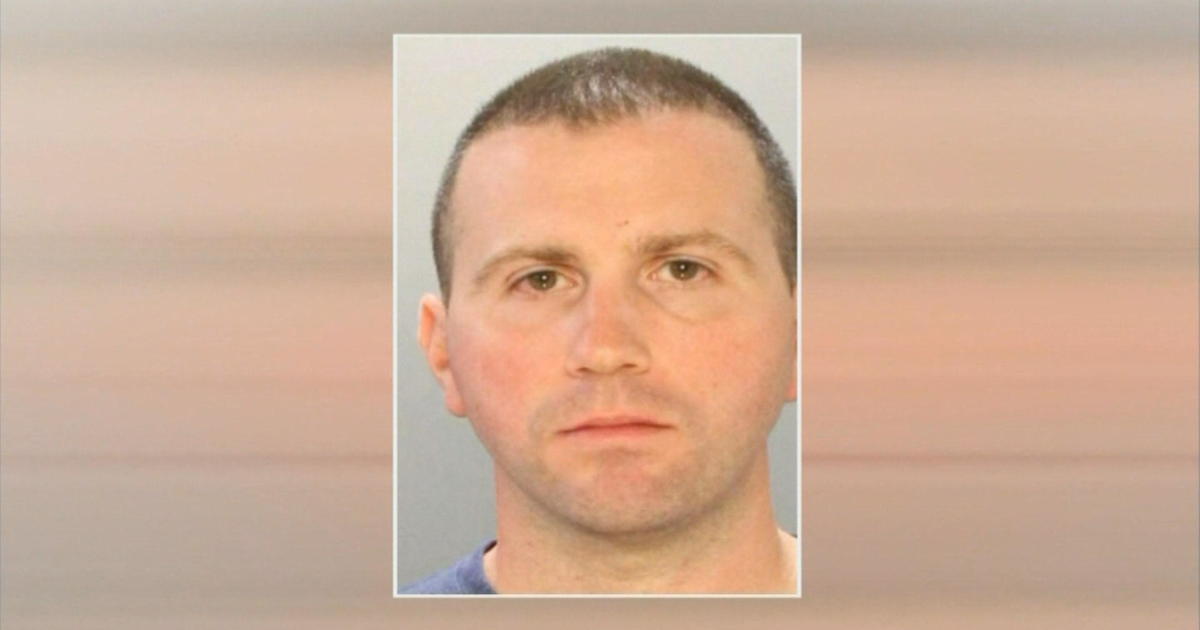Hearing Held On Deadly Southwest Airline Accident That Led To Emergency Landing In Philly
Follow CBSPHILLY Facebook | Twitter
PHILADELPHIA (CBS) - Federal transportation authorities held a hearing Wednesday related to the Southwest Airlines plane forced to make an emergency landing in Philadelphia last April.
The plane was heading from New York to Dallas before it was forced to land in Philadelphia. The NTSB continued its fact-finding mission at a hearing on what lead to the first fatal accident involving a U.S. air carrier in nearly a decade.
Flight 1380 made an emergency landing at Philadelphia International Airport on April 17. One of the Boeing 737's engines exploded at 30,000 feet. Part of the engine struck a window, shattering it, leading to the death of 43-year-old Jennifer Riordan of Albuquerque, New Mexico.
Flight attendants described finding Riordan still restrained in her lap belt, but with her head, torso and arm hanging out of a window.
"At the time of Flight 1380, Southwest Airlines already had been performing ultrasonic inspections on our fan blades as well as any current inspections of the blades when they were in the shop. At the time of the event, we had already inspected 603 engines," said Mark Wibben, senior director of aircraft and powerplant engineering at Southwest.
Witnesses from Boeing, the FAA and Southwest Airlines were among those in Washington, detailing the design of the engine and inspection history of fan blades on the failed engine. Immediately after the accident, mandatory, more advanced and frequent glad inspections were ordered.
"In this case, I don't think we've made any decision one way or the other whether the blade needs to have a life limit on it, but we'll be looking at that in the future," said Christopher Spinney, of the FAA's Engine Certification Office.
Investigators found that during the April incident, pieces of the engine broke apart, piercing the fuselage. Parts of the engine were found some 70 miles outside of Philadelphia.
No findings were expected at this particular hearing and the NTSB investigation will continue.




